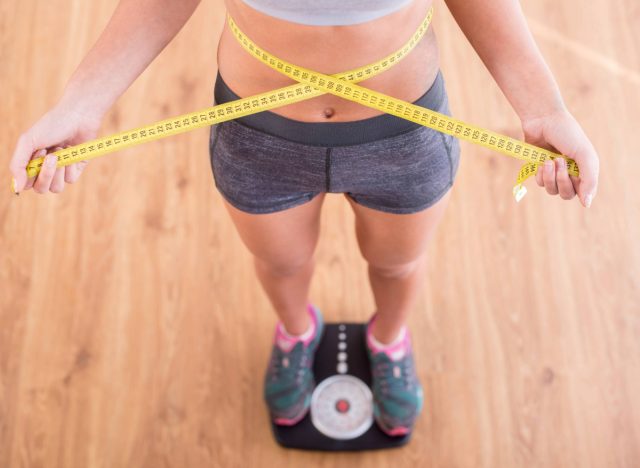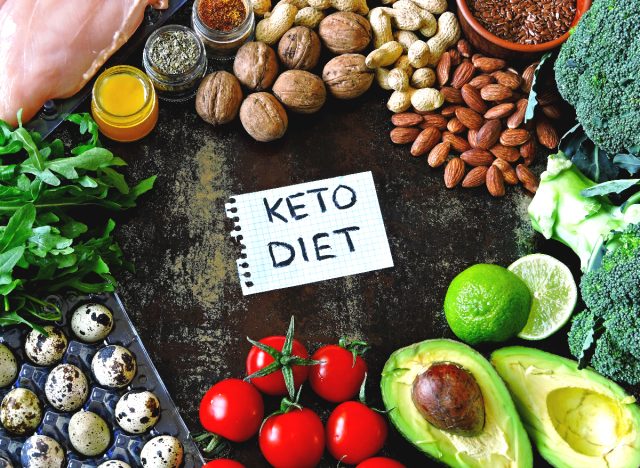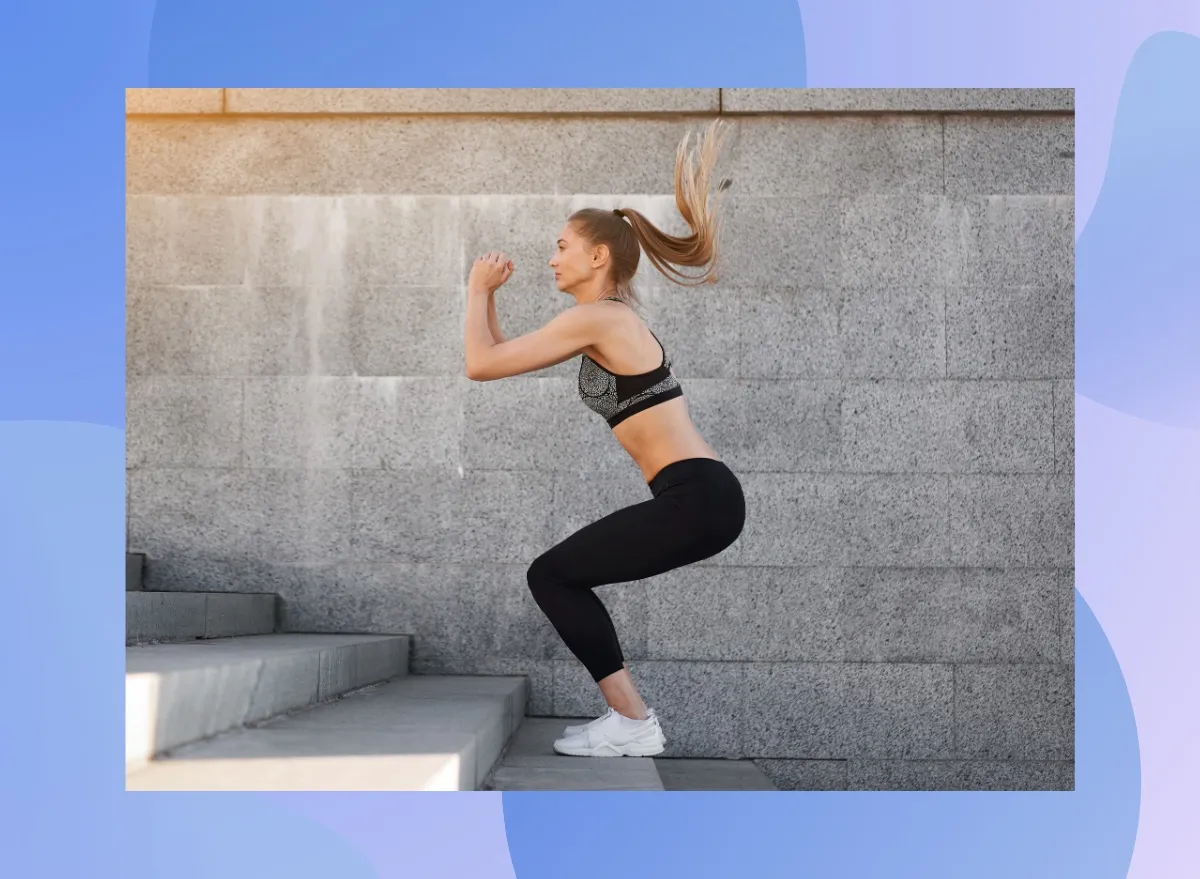If you want to switch up your diet, we’re here to share a regimen called the “2-2-2” method for weight loss. It’s essentially a combination of healthy eating habits, fasting, and vigorous exercise. As with any weight-loss routine, this particular one may not be for everyone. However, we chatted with a registered dietitian to learn everything there is to know about it and are here to share the details.
Read on to learn the details about the 2-2-2 method for weight loss, and then chat with your healthcare professional to see if this game plan is right for you.
What is the 2-2-2 method all about?

The 2-2-2 method brings together keto, intermittent fasting, carb loading, and high-intensity interval training (HIIT).
“The theory is to increase your metabolic flexibility to successfully burn both fats and carbs to lose weight,” explains Amy Goodson, MS, RD, CSSD, LD, a registered dietitian and certified specialist in sports dietetics who sits on our Medical Expert Board. “It alternates between two types of meals: fatty meals and carb-heavy meals, two non-food related tactics like weekly weigh-ins and journaling, and two HIIT-style workouts.”
How is the 2-2-2 method beneficial for weight loss?

Although there have not been studies to connect this particular diet plan to weight loss, there is research that backs up each component. For instance, according to a study published in BMJ Open Sport & Exercise Medicine, performing HIIT workouts can lead to weight loss and increased cardiorespiratory fitness. Another study revealed that the keto diet substantially decreased body mass index (BMI) and body weight among the participants.
“[The 2-2-2 method] may promote some metabolic flexibility and help some individuals bust through weight loss plateaus, but this is a difficult plan to follow,” Goodson points out. “From a registered dietitian’s point of view, it does not provide balanced nutrition, making it less sustainable than other calorie-controlled diets with less extreme measures.”
Here are the steps if you’d like to give the 2-2-2 method a try:

Goodson shares the six-week rundown of the 2-2-2 diet:
Week 1: Intermittent fasting, which should be a 14-hour fast, and then eating within a 10-hour timeframe. Your meals should be primarily proteins and carbs.
Week 2: Intermittent fasting by way of the 5:2 style. This means limiting your calories to 500 on two days of the week; the other days, you can eat as normal, but limiting meals to mostly proteins and carbs.
Weeks 3-4: Traditional intermittent fasting, which is fasting for 16 hours and eating within an eight-hour window. Alternate between high-fat keto meals and carb-loading meals.
Weeks 5-6: Intermittent fasting by way of the 5:2 style. This means limiting your calories to 500 on two days of the week; the other days, you can eat as normal. Alternate between high-fat keto meals and carb-loading meals.
That’s your six-week plan! There are a few additional points to keep in mind:
“There are no set macronutrient or calorie recommendations for meals,” explains Goodson. “The workouts consist of three types: aerobic exercise like walking, strength training, and high-intensity interval training (HIIT workouts).”
What to consider before trying the 2-2-2 method:

As with any extreme diet where calories are drastically restricted, it’s crucial to discuss your plan with your physician or a registered dietitian. The reason?
“The high-carb meals then very low-carb meals have the ability to cause blood sugar spikes and drops leaving people hypoglycemic, which can lead to fatigue, dizziness, headaches, and more,” Goodson warns. “Plus, high-intensity exercise, like HIIT training, requires carbohydrates as a source of fuel. Not consuming enough could leave an individual feeling faint during this type of exercise.”
Alexa Mellardo








